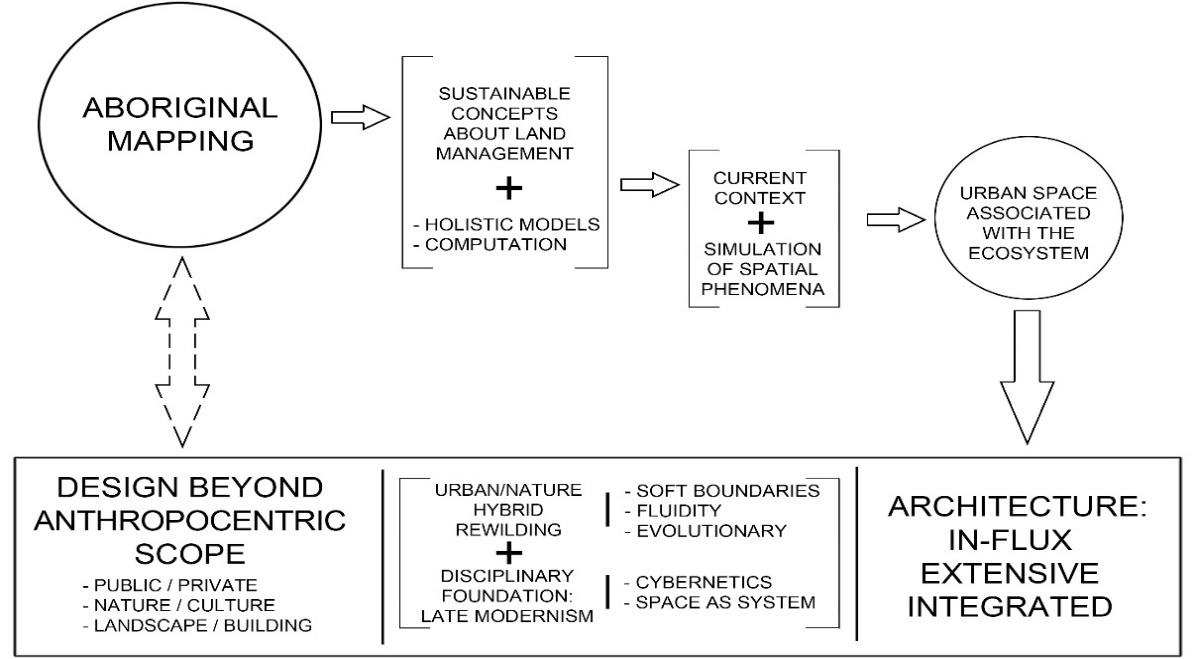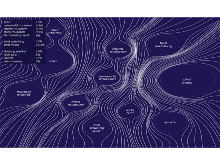A new paper on More-Than-Human Perspective in Indigenous Cultures: Holistic Systems Informing Computational Models in Architecture, Urban and Landscape Design towards the Post-Anthropocene Epoch has been published in the special issue of BioClimatic Layers of Built Environment of the Buildings Journal. The article investigates how the indigenous culture can inform digital design towards the more-than-human perspective.
Abstract
By studying Aboriginal maps, this speculative research discusses world heritage concepts about land and merges them into western urban contexts. Assumptions concerning spatial allocation and demarcation such as boundaries, divisions and geometric patterns are being contested by ideas pertaining to Indigenous narratives expressing holistic views about community, and the ecosystem as integrated components of broader organisations. First, this paper introduces principles of the Indigenous culture spurring viable land management by shared, equal and inclusive schemes as ones that also respond to global socio-environmental challenges. Alternative strategies are being considered relating to the soft demarcation of distinct areas understood as malleable aggregates merging with each other and with the landscape’s topological features, with reference to the Aboriginal culture. The techniques being proposed are further compared with original approaches in architecture and urban design developed since late modernism, challenging enduring practices. Seen next to each other, these models of thought are suggestive of a paradigm shift by which architecture reinforces deeper connections with the intellectual, sociocultural, and natural resources of the greater cosmos. Furthermore, as these ideas are propelled by computing, they lead towards the dynamic linking of analysis with the design results producing all-sustainable structures that are widely applicable, as architecture’s contribution to the current socio-scientific discourse on holistic approaches with a more-than-human perspective.

Figure 1. Methodology diagram.
Congratulations to Yannis Zavoleas (University of Ioannina, Greece), Peter R. Stevens and Jenny Johnstone (University of New South Wales, Australia) and Marie Davidová (SOWI)!
More information on the paper here.


